I Went Hands-On With Motorola’s Three New Razrs, And They’re Familiar, Fashionable, And Deeply Frustrating
Contents
It’s rare to stumble on smartphones that are truly difficult to write about, but Motorola’s new lineup of Razrs absolutely fits the bill. It’s not that they’re bad phones, boring phones, or even uninteresting ones — it’s that practically everything new here requires filling a spot as your daily driver. The 2025 Razr and Razr+ are primarily seeing minor spec bumps compared to their direct predecessors, and while the Razr Ultra fills in the missing flagship Moto fans have been asking for, I can’t tell you how it performs, how long the battery last, or how impressive (or unimpressive) the camera system is.
Still, I think this is a fascinating year for Motorola, and these three smartphones are, in their own way, similarly fascinating. As much as I believe Moto understands how to craft and market a modern flip phone more than anyone, I find it particularly frustrating to see the company focused on the same AI-based trends as every other OEM. The end result is three smartphones that could very well be excellent, but three smartphones that feel difficult to recommend all the same.
Moto’s Razrs are all about expressing your own tastes, and I kind of love it
Pick your favorite of the bunch

I won’t spend too much time recapping specs — check out my news coverage instead if you’re interested in seeing what makes these phones tick. Instead, I think it’s worth focusing on how all three of these devices felt to hold. Despite their slight differences in size and weight, Motorola has done an excellent job in making all three Razrs feel practically identical. Even the base model, with its shorter display, doesn’t feel “cheap” by any sense of the imagination, and the swap to matte materials across all three phones prevents the slippery, glossy feeling I disliked on the Razr+ last year.
Motorola toughened up its hinges for the second year in a row, though not once during my time with last year’s phones did I think the hinge necessarily needed more work. It’s snappy and satisfying, but the real test is how it’ll feel months or years into use, not how it feels right out of the box. IP48 certification is great news, though, marking some level of water resistance in these flip phones for the first time in two years. That’s the sort of durability improvement you love to see after a generation away.

Really, it’s the color and personality of these devices that is bound to win fans over. From the spring green Razr to the wood-esque Razr Ultra — all of these have Pantone-approved names I, frankly, will not be using — I continue to be shocked that Motorola is the only brand out here right now actually putting an emphasis on making cool designs and offering even cooler colors. Regardless of how much you’re willing to pay, every one of these Razrs breathes personality, and that’s not true of every black, white, and beige smartphone on the market right now.
It’s not Moto Maker-levels of customization, of course, but I think flip phone fans will be excited to check out the new shades and materials utilized this year. Sure, I might not be into the Alcatera finish on the dark (dark, dark) green Razr Ultra, but you might be, and I’m glad that option exists for those who want it.
Moto wants you to think of the Razr as an AI-first experience
And I don’t really see the vision
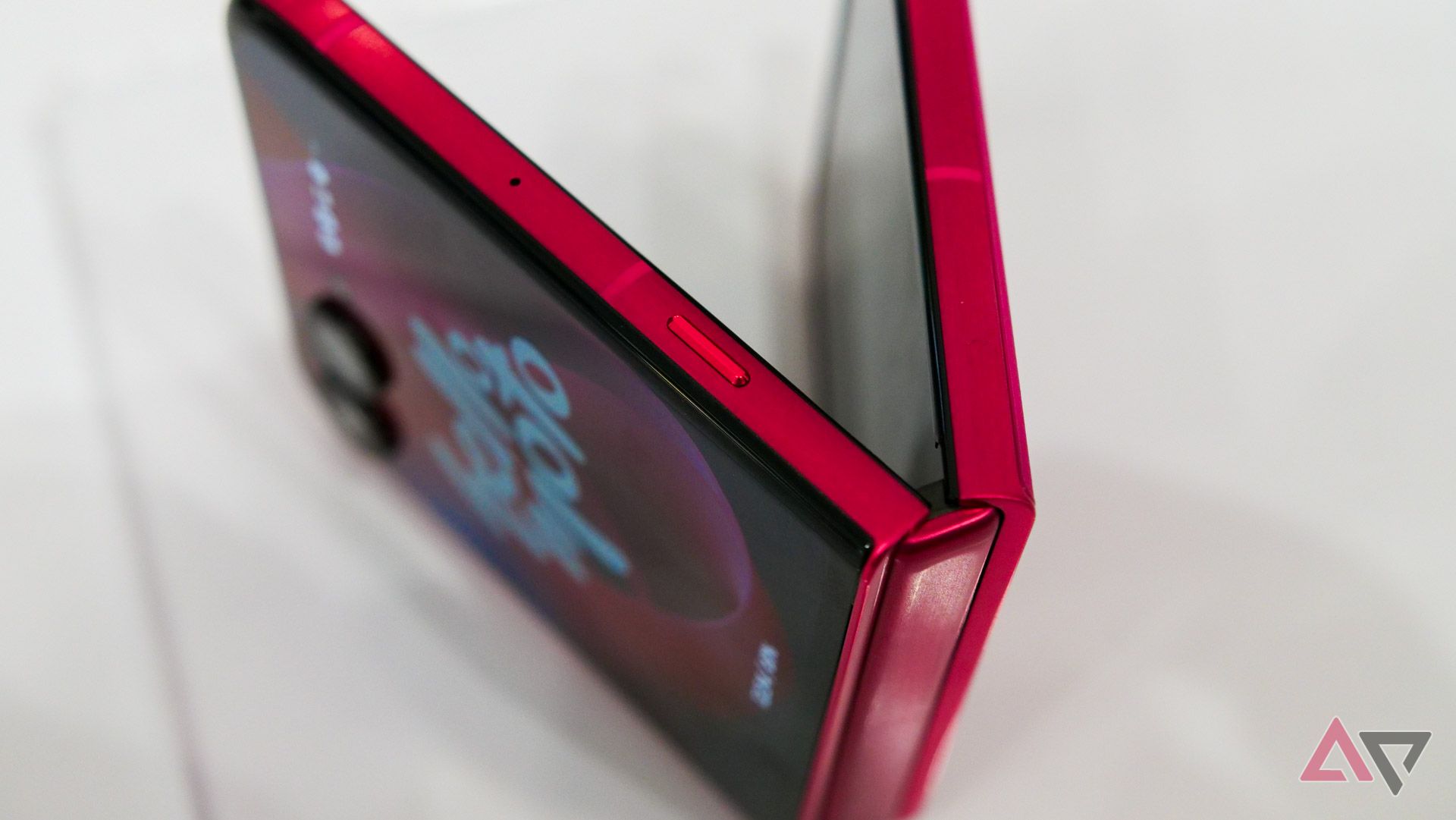
The Razr Ultra’s AI key.
Putting personality aside, this year is — to no one’s surprise — all about AI. In addition to partnerships with Perplexity and Google’s Gemini, Moto has packed all three phones with various AI tools developed in-house. Some of these were initially demoed as part of last year’s Razr launch before arriving months later in beta, and they return this year as tools available directly out of the box.
If you’ve forgotten exactly what those tools do, of course, you deserve some level of forgiveness in this AI-obsessed landscape. Catch Me Up is designed to deliver a roundup of your missed notifications, Pay Attention is a transcription-based recorder tool, and Remember This acts as a journal-style hub for “remembering” things, like flight details. This year, they’re joined by tools like Next Move, which uses contextual information on your screen to offer further suggestions on things like recipes, and Playlist Studio, which…can make playlists inspired by things like baking a cake. Yeah, I don’t really get it either.

Motorola’s AI efforts left me waiting to be truly impressed. They aren’t bad ideas — well, Playlist Studio might be — but I’ll have to actually try them on real devices before giving a real take. I’m actually surprised to see the AI key locked exclusively to the Razr Ultra, since a dedicated, easily-misclicked press of this button seems like how most people will actually end up using the features.
The demo units available in Motorola’s hands-on area weren’t set up to allow for Moto AI tools, since you need to log in with a Motorola account to get started. I’m not sure it would’ve mattered anyway, since nearly all of these are based off either personal information gathered over time or tools that demand specific situations to be utilized to their full extent. The on-stage demos certainly didn’t convince me that any of this is necessary, or even beneficial to improving my life.
And from a purely AI-driven perspective, these tools will be dwarfed in usage by ChatGPT, Gemini, and Perplexity, with the latter two pre-installed and available on all three Razrs right from the jump. For devices “backed by intelligent AI experiences,” it sure feels like a familiar suite of tools.
Motorola also confirmed with Android Police that these tools are coming to last year’s Razr+ and Razr as well, giving them even less importance as a generation-defining feature set despite the overall focus on AI.

Related
Moto’s focus on AI ignores some of the brand’s larger problems
$1,300 should get you more than this
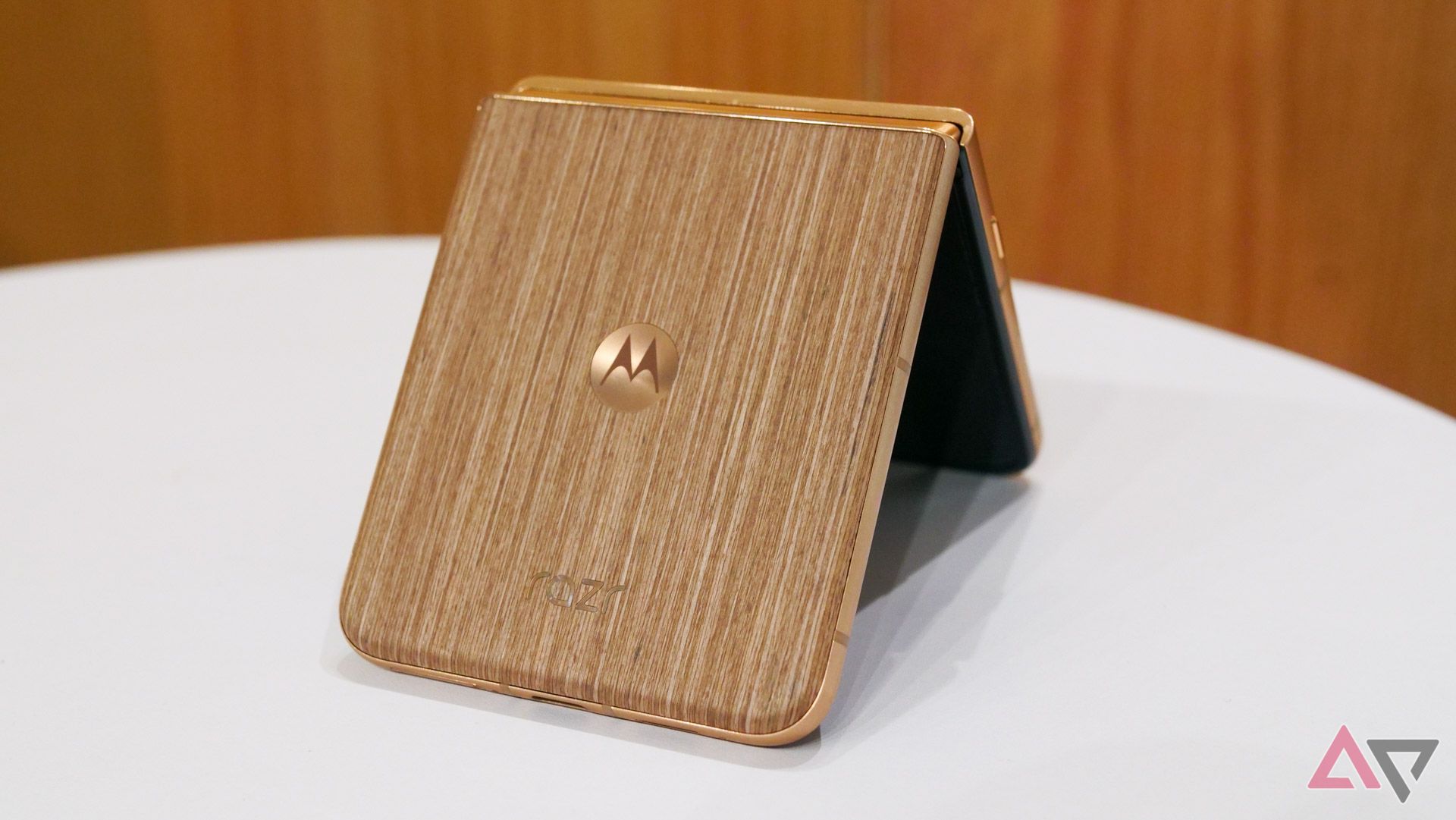
For as practically unchanged as these devices feel from last year — in tangible ways, at the very least — I left Moto’s hands-on area feeling a little empty inside. Are flip phones already feeling as boring as their non-foldable counterparts? Could I really feel so unenthusiastic about what, on paper, appears to be three very promising smartphones at three very different price points?
Well, yes and no. Smartphone design might be stuck in a rut, regardless of the form factor you prefer, but I think Motorola’s love of introducing new colors and creative materials proves there’s plenty of ways left to showcase design, even in relatively boring year-over-year upgrades. It’s a lesson car manufacturers have learned well: Mid-generational cycles can earn a lot of love simply by introducing a flashy new color or style. Frankly, I don’t see a problem with smartphone makers leaning in the same direction.

Rather, I think it’s a problem with chasing trends rather than actually fixing what needs to be fixed, and in Motorola’s case, it’s in the software. It’s not that I have a problem with the Razr’s Android experience — it’s fine, if somewhat lackluster. It’s the software promise that comes with these phones. Three OS upgrades that arrive ages after a new version of Android, alongside four years of bi-monthly patches? I’m sorry, but that just doesn’t cut it anymore, and certainly not at $1,299.
I want to be excited about 2025’s Razrs, and especially the Razr Ultra. It’s the flip phone I’ve been begging Motorola to make for the past two years. And yet… I find it difficult to actually feel like this is a promising smartphone experience that’ll be easy to recommend. For $1,300, I think it’s fair for prospective buyers to expect a little more longevity in their phone. The specs are there, the battery is there, and, seemingly, the durability is there. Unfortunately, Motorola continues to drop the ball on extended support, and in 2025, that’s getting harder by the day to excuse.

Moto Razr (2025)
Motorola’s most affordable Razr gets a glow-up for 2025. With new colors, a more powerful processor, and all sorts of AI tools, this might be the most exciting $700 folding phone you’ve ever seen.

Moto Razr+ (2025)
Motorola’s 2025 Razr+ isn’t all too different from what came before. With nearly identical specs as last year, the big improvements come from a more rigid, durable design and plenty of AI goodies.

Moto Razr Ultra (2025)
The Moto Razr Ultra is the foldable you’ve been waiting for. With a new camera system, top-tier specs, and a larger, brighter display, this is a Razr designed to go head-to-head with Samsung — for a price, of course.
What’s your reaction?
Love0
Sad0
Happy0
Sleepy0
Angry0
Dead0
Wink0

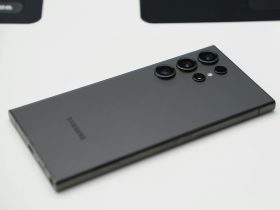
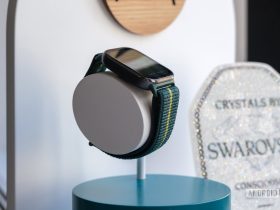

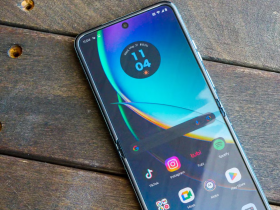
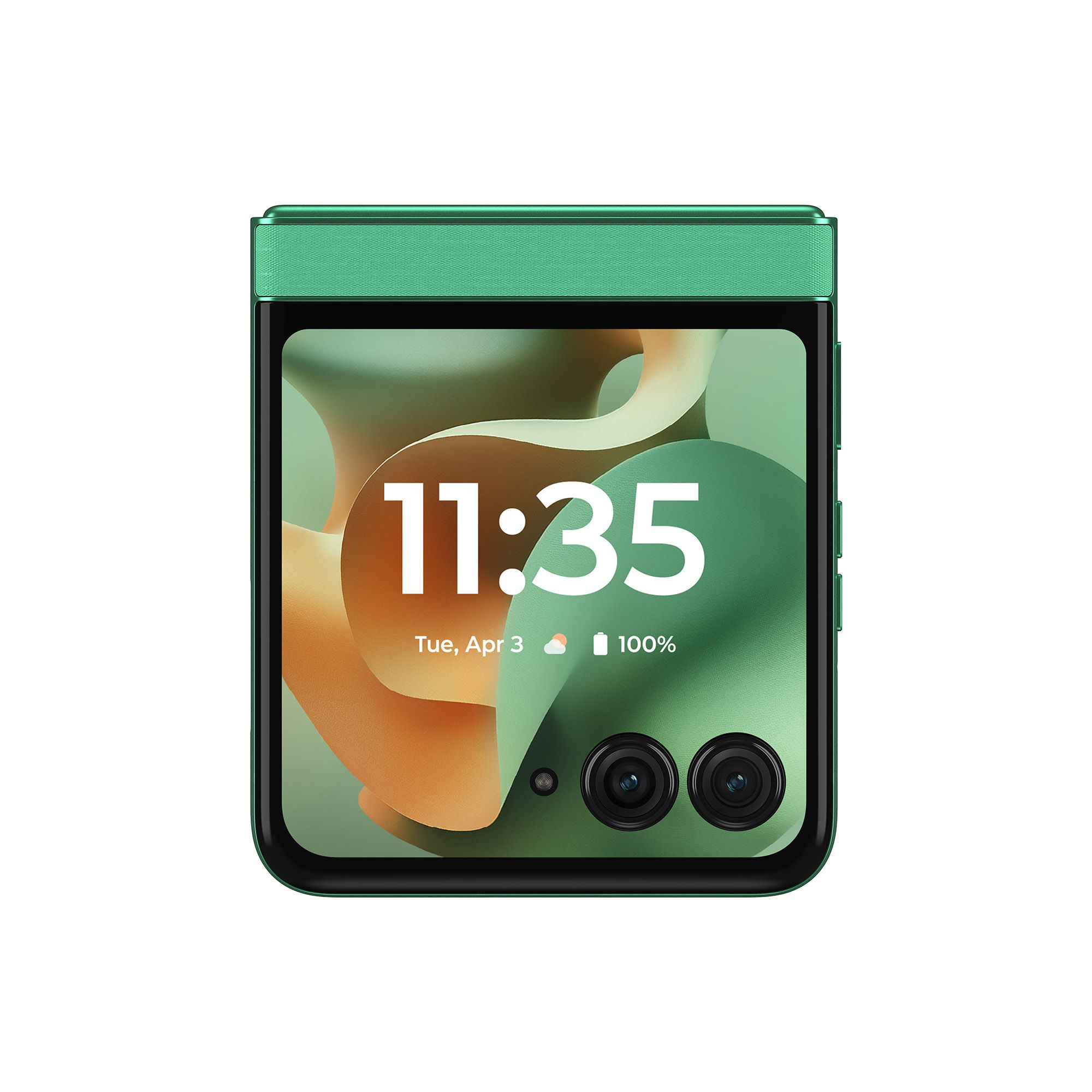
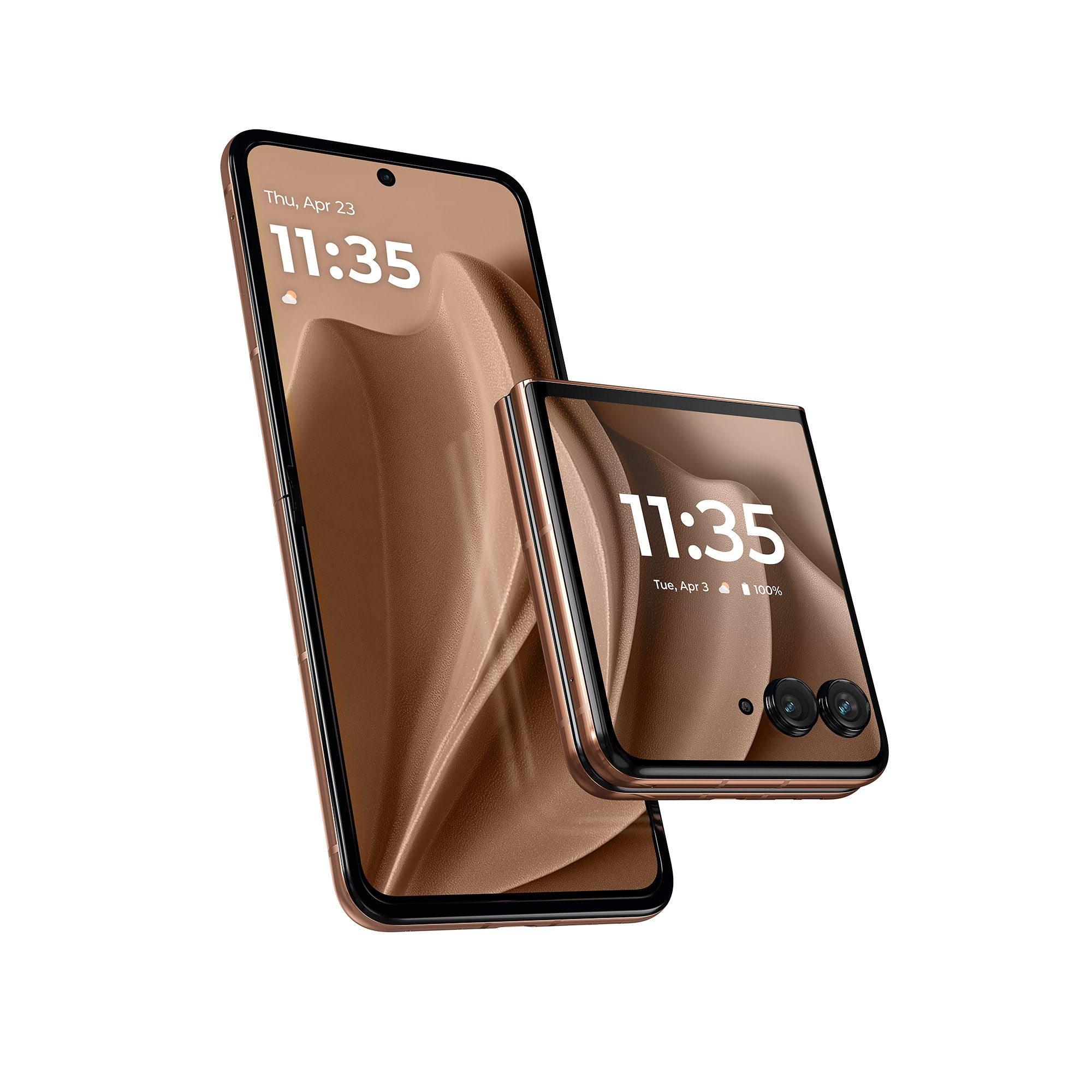

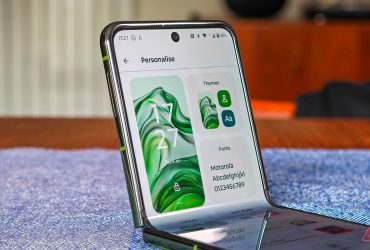

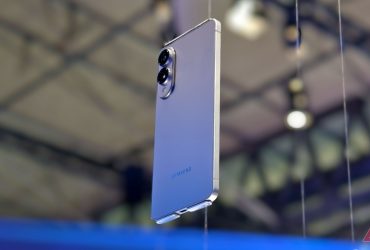
Leave a Reply
View Comments